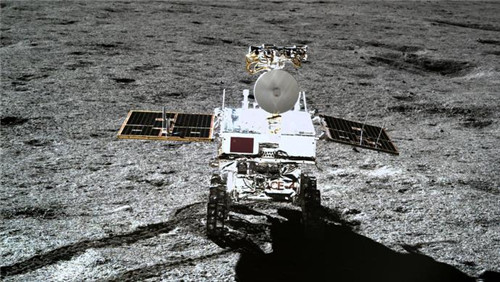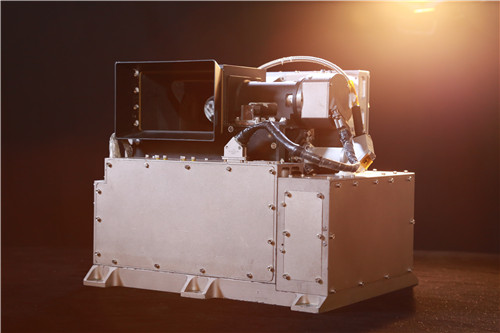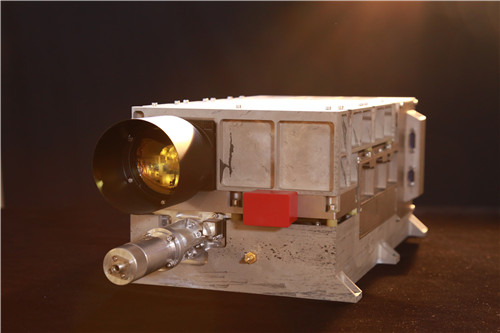
It was awarded the "China International Industry Fair Award"
An equipment which look unbeatable is the "opening pioneers" who left the first impression of human detectors on the back of the moon on the Chang’e-4 probe. The Liberation Daily and Shangguan journalists were able to see the "Moonback Soft Landing Laser Navigation Obstacle Avoidance Sensor". It was awarded the "China International Industry Fair Award".
“Opening Pioneer” of the Chang’e-4 probe
A soft landing on the back of the moon is a worldwide problem, and it is only possible to carry out detection missions if it is safe to land first. The “Moon back Soft-Landing Laser Navigation Obstacle Avoidance Sensor” developed by the Shanghai Institute of Technical Physics of the Chinese Academy of Sciences is the first high-precision real-time navigation and three-dimensional obstacle-avoidance load for the soft-landing mission in the lunar area. It consists of a laser ranging sensor and a laser three-dimensional imaging sensor.
“The image says that the Change-4 probe is used as a navigator. When hovering 100 meters from the moon, the terrain is detected by a three-dimensional imaging sensor to find the most suitable moon landing point.” Zhiping He, the principal of the load R&D team and a researcher at the Shanghai Institute of Technical Physics, introduced the laser technology to the soft landing of extraterrestrial planets for the first time in the world. It also got rid of the influence of lighting conditions, and the main technical indicators are at the international advanced level.
The laser ranging sensor measures the precise distance of the lander of Change-4 probe relative to the lunar surface by emitting a laser pulse to the lunar surface. Its core components such as laser light source, detector, and high-voltage power supply are all self-developed. The weight of the whole machine is less than 8.4 kg, and the total power consumption is less than 28 watts. The detection range is from 15 meters to 30 kilometers, and the farthest and most recent echo power varies greatly, but the laser range sensor has a measurement accuracy of 6 cm.
At 100 meters from the moon, the Change-4 probe will hover to find the landing area, but due to fuel problems, there are only three opportunities. The laser three-dimensional imaging sensor uses 16 laser beams to perform high-speed scanning of the landing zone with an imaging time of only 0.25 seconds. "It can be said that it is fast and accurate! It can be recognized at a height of 100 meters from the moon, whether it is a 0.2-meter lunar crater or a slope of 0.15 meters."

Laser three-dimensional imaging sensor
It is understood that the "moon back soft-landing laser navigation obstacle avoidance sensor" will continue to be applied on the Change-5 probe, and will improve the performance, can measure the speed of the detector relative to the moon. In the future, this technology can also be used to expand applications on the ground, such as for autonomous driving, to obtain a three-dimensional appearance.



